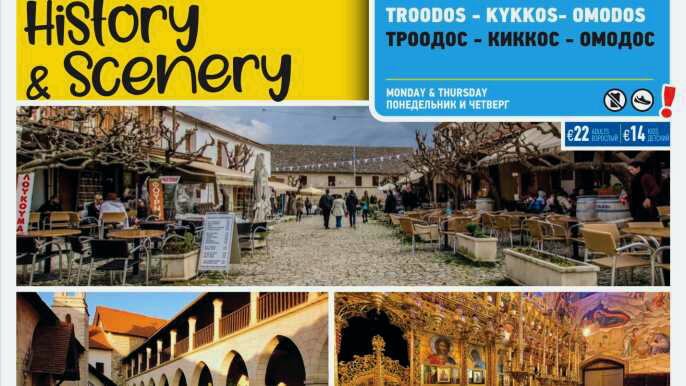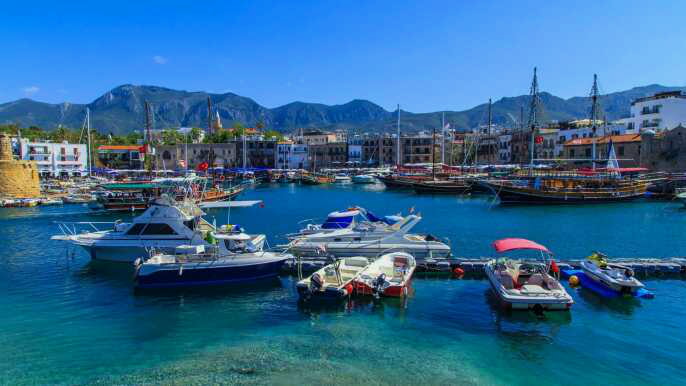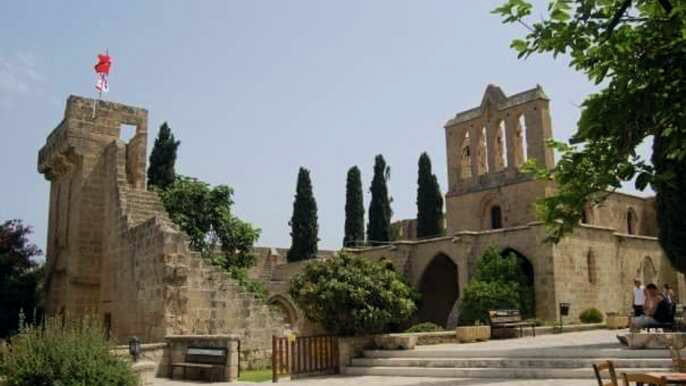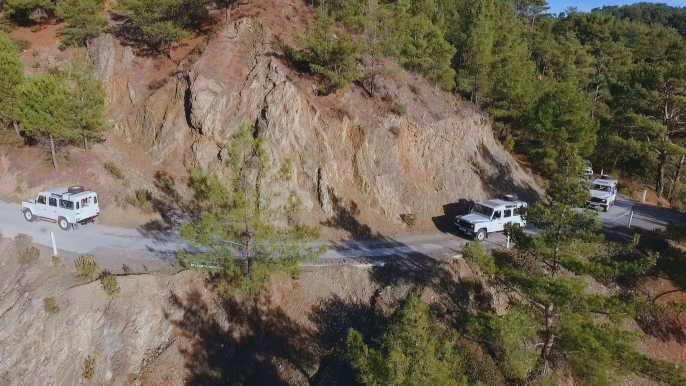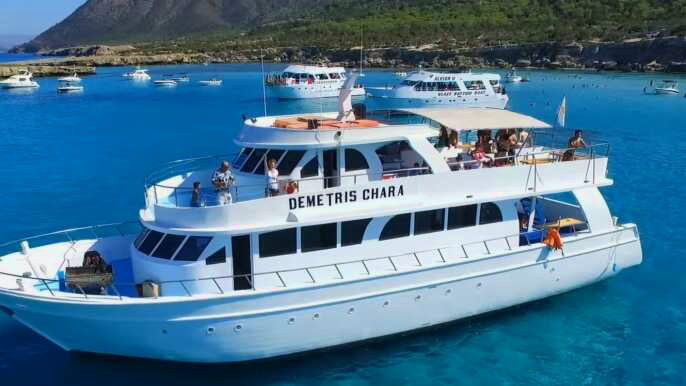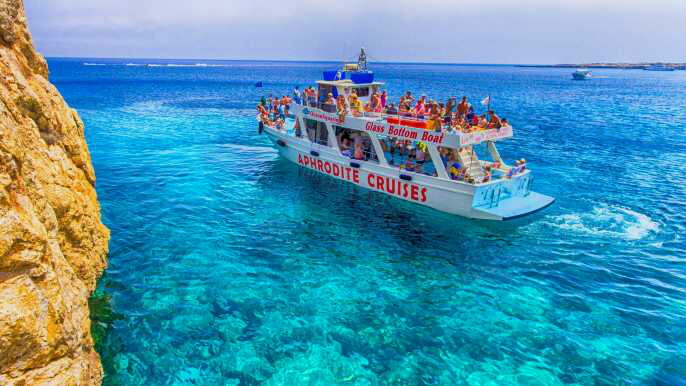Famagusta is a fascinating town, full of mystery and rich cultural landmarks. It’s a city that was once a world resort.
You can enjoy a variety of things to see and to do in Famagusta, from history-steeped tours to excursions to the ancient ruins of Salamis. It’s also worth visiting the abandoned city of Varosha, which was a thriving tourist destination before being abandoned during the Turkish invasion.
The Old City
The Old City of Famagusta is a UNESCO World Heritage site and one of the best travel destinations in North Cyprus. It offers a fascinating combination of Medieval architecture and a unique mix of cultures.
The walled city is a complex of streets, squares and public buildings, which reflect the overall urban pattern of the medieval period. This traditional urban form gives Famagusta its organic fabric and dynamic silhouette.
To preserve this historic architecture, WMF and local partners have implemented a variety of projects in Famagusta. These include conservation of a number of monuments and the stabilization of two wall paintings in the Church of Saints Peter and Paul.
In addition to old architecture, you can explore colorful quarters with market stalls and narrow streets. Shopping in the city is not just about finding souvenirs and clothing – you can also find exclusive leather goods, natural cosmetics and other luxury products at attractive prices.
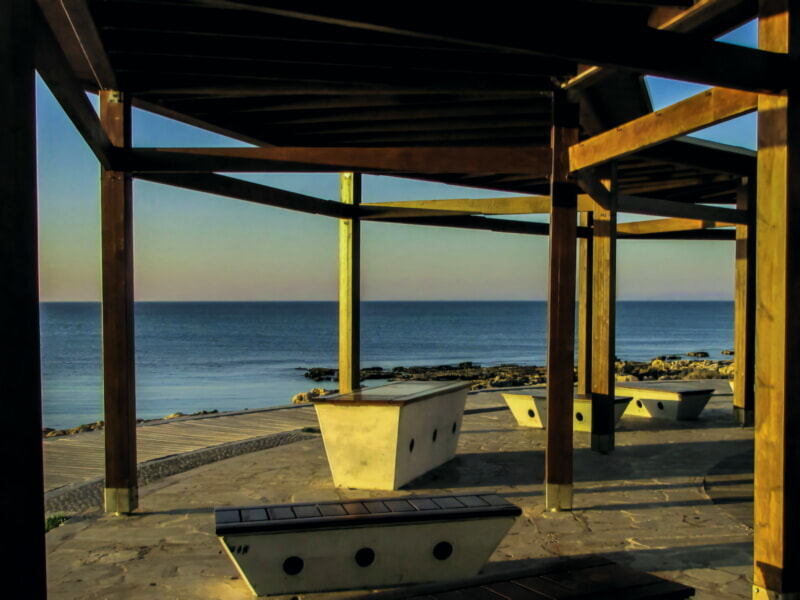
Othello’s Castle
Othello’s Castle is one of Famagusta’s most famous attractions. It was originally built in the 14th century to protect Famagusta’s harbour, and later became the main entrance to the city.
During this time it was known as an impenetrable fortress due to its location within the town’s walls and its deep ditches surrounding it. It is thought that the castle is named after the famous play by Shakespeare, which was set in a harbour town.
Visitors to the castle will find that it has a mixture of Venetian and Lusignan architecture. The interior courtyard features a great hall, kitchens, storerooms and servants’ quarters.
The ground floor also includes the main stairway that leads up to the tower’s upper floors. From here you can enjoy a fantastic view of the sea and Famagusta’s old port.
The tower was reopened to the public last week following a year-long renovation. The restored walls still feature a bas-relief of the symbol of Venice, the winged lion of St. Mark, and the name of the master who remodelled the castle in 1492, Nicolo Foscarini.

The Lala Mustafa Pasha Mosque
The Lala Mustafa Pasha Mosque (formerly known as St Nicholas Cathedral) is the largest medieval building in Famagusta. Originally built in the 14th century it was converted into a mosque after the Ottomans took control of Cyprus in 1571.
The imposing building dominates the square at the heart of the old walled city, standing proudly against the backdrop of the Venetian walls. Its two towers, topped with a minaret each, were damaged during the Turkish siege of the city but they still look impressive.
Inside the mosque, in accordance with Muslim practice, all images of the human form were removed and any frescos or painting on the walls were covered with plaster. Who knows what treasures still lie hidden underneath?
The mosque was restored in the 19th century, restoring it to its former glory. This was a major undertaking for the British, who were interested in bringing back a sense of Western European power to Cyprus.
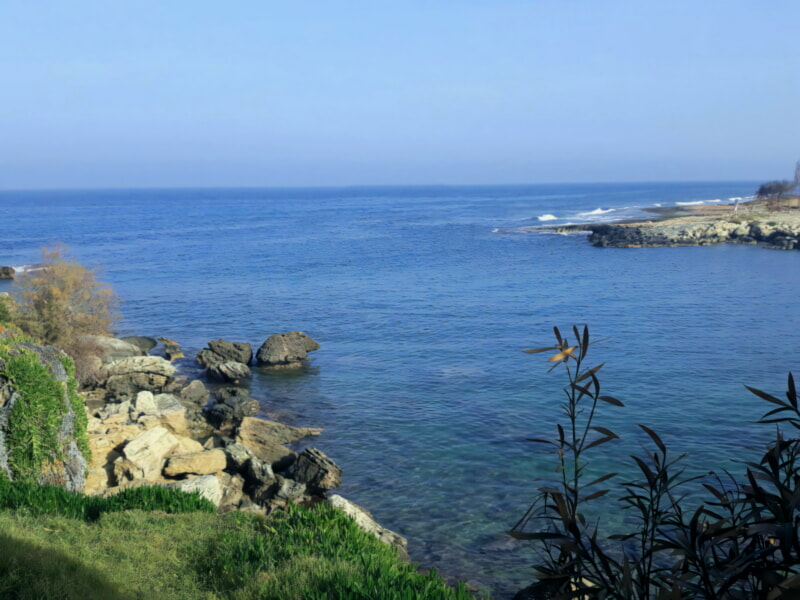
The Venetian Walls
The city of Famagusta is surrounded by an impressive wall system, built by the Venetians in 1567. Italian military engineers Giulio Savorgnano and Franscesco Barbaro built the walls to prevent an attack from the Ottomans.
The original walls were 12 meters high and 5 kilometres long, and designed to withstand cannon fire. They also incorporated stone veneer that sat on top of soft mud and were able to stand up to repeated assaults.
As well as being a fascinating monument, the walls are an important part of Famagusta’s history. Over the past two decades, conservation work has been done to ensure that these important structures can continue to tell the story of this remarkable place.
